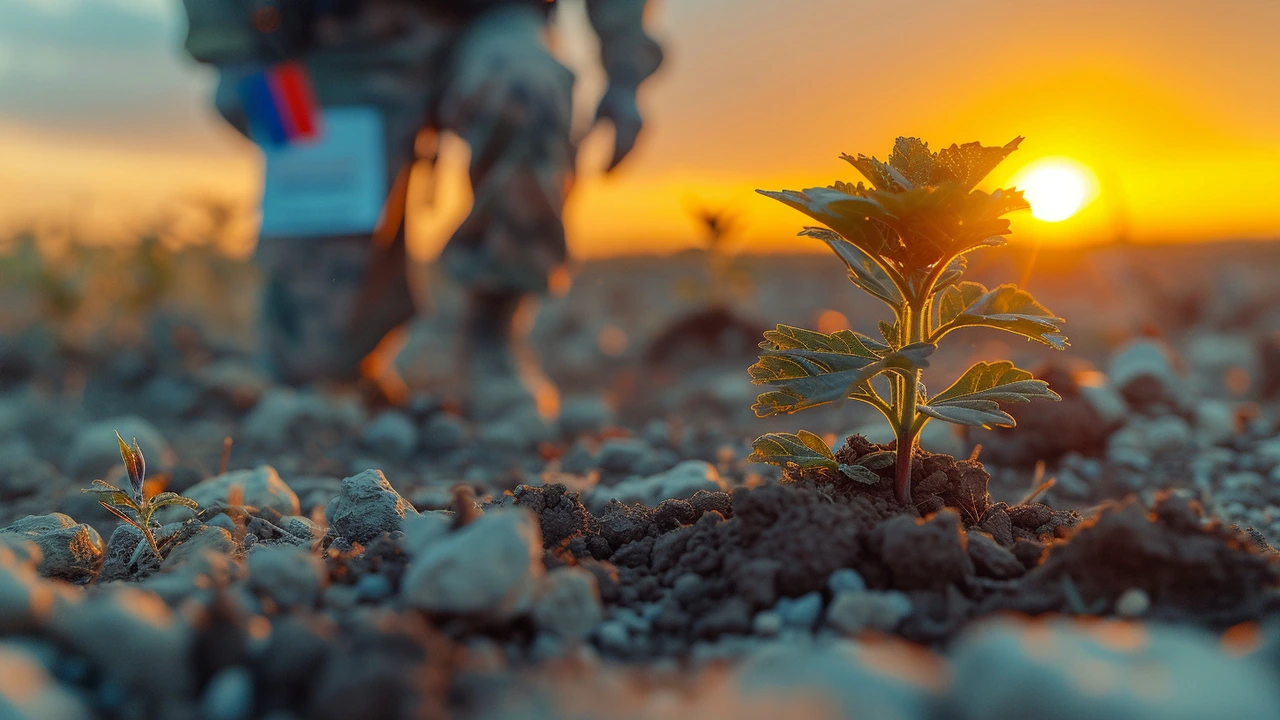Want to know what 'building bridges' really means on the ground? It’s not a slogan—it's a set of actions you can repeat and measure. This page gathers stories and practical tips from peacekeeping missions that improved trust, cut violence, and helped communities work together again.
Start small. A single trusted meeting, a visible joint patrol, or repairing a school roof can change how people see each other. Those small wins create momentum. Below are clear, repeatable steps that peacekeepers, local leaders, and NGOs use to build real connections.
Listen first. Hold short, focused listening sessions with women, youth, elders, and local authorities. Ask what matters most to them this week, not in a year. When people feel heard, they join solutions faster.
Work with local partners, not around them. Hire local mediators, translators, and community workers. They know tensions and how to reduce them. This helps avoid cultural mistakes and speeds up trust-building.
Deliver visible, practical projects. Choose low-cost, high-impact efforts: fix a water pump, clear a market road, or run a joint clean-up. These projects show impartial support and benefit many people at once.
Use joint activities to connect groups. Sports days, market fairs, and joint training sessions bring people who otherwise avoid each other into shared space. Keep them neutral and inclusive—no politics, no symbols that provoke.
Train for de-escalation. Teach simple nonviolent techniques to police, community volunteers, and local leaders. Quick tools—like how to calm a crowd or safely separate hostile parties—reduce harm before negotiations begin.
Make communication clear. Use local radio, SMS alerts, or community notice boards to share who is doing what and why. Clear updates reduce rumors, which often fuel new clashes.
Measure small wins. Count meetings held, joint patrols, repaired infrastructure, or reduced incidents in a neighborhood. Share those numbers back with the community. When people see progress, participation grows.
Be ready to change plans. If a repair project stirs jealousy, pivot to a benefit that covers everyone. If a mediator loses trust, replace them quickly. Flexibility keeps momentum.
Want examples and stories? Check the posts tagged "Building bridges" here for real mission reports and personal accounts from peacekeepers, community leaders, and researchers. Each post shows different tools in action and ideas you can reuse in your context.
If you're working in the field or just curious, use these steps as a checklist: listen, partner locally, deliver a visible project, create shared activities, train for de-escalation, communicate clearly, measure, and adapt. Those steps turn goodwill into lasting connections.

Hello! In this article, we'll delve into peacekeeping and why it's all about building bridges, not walls. As we navigate through conflict resolution and community development, we'll witness how it crafts a safer, more harmonious world. Together, we'll explore innovative strategies that embody the essence of peacekeeping, promoting unity and understanding. This is a post you won't want to miss. Stand by for a journey through a world of peacekeeping strategies less trodden by.
